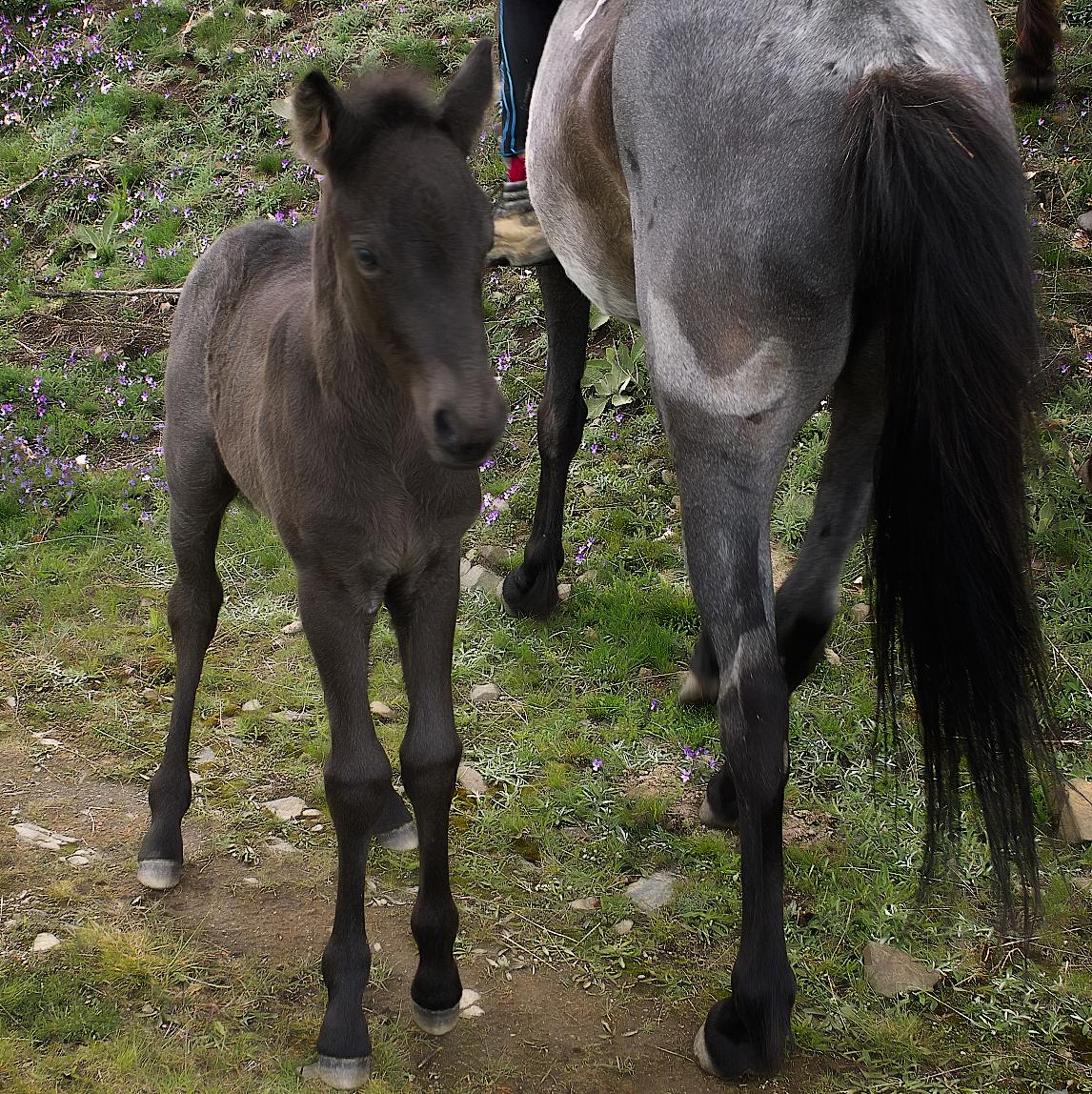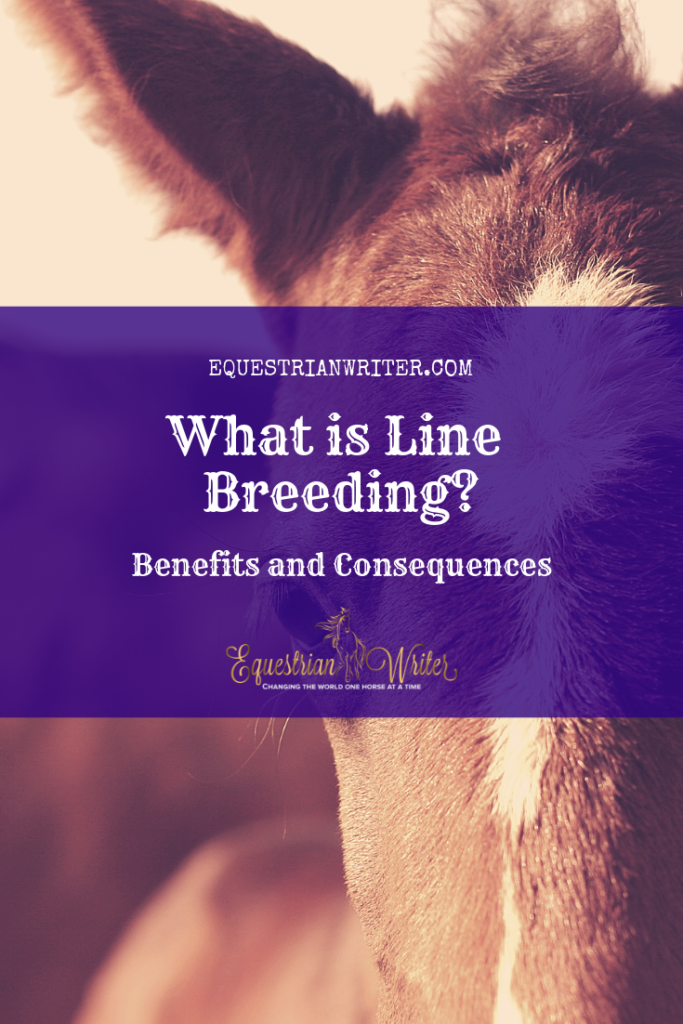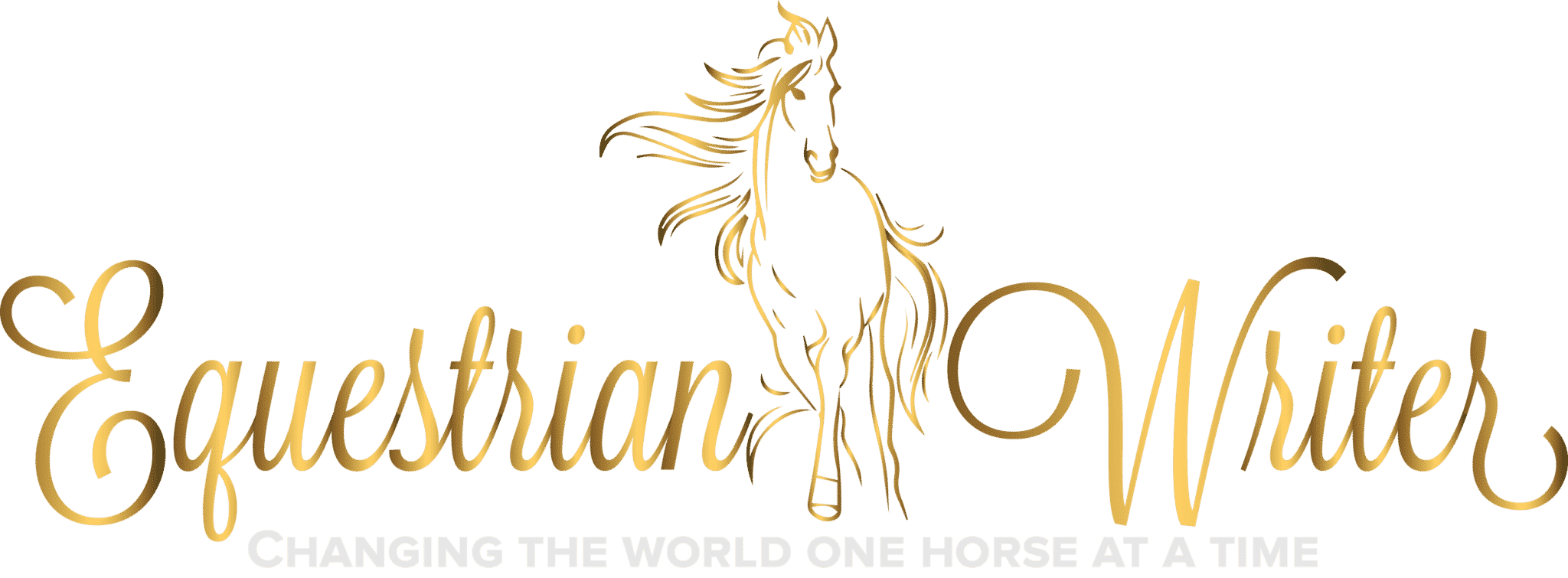

Line breeding has become a point of contention in the equine industry. It is the practice of inbreeding family lines; sisters to brothers and fathers, mothers to sons and grandsons, fathers to daughters and granddaughters, half siblings, aunts, uncles, cousins. On it goes until the family tree is so convoluted that no one knows exactly who is related to what. It is not uncommon to look at a quarter horse pedigree and find one horse listed as the grandsire, two times great grandsire, and maybe even a great great grand sire. The worst case I’ve ever seen was a sire that was also the grandsire and the great grandsire. Needless to say, that gene pool was pretty narrow.
It has long been an accepted practice. Yet many are starting to realize that line breeding has severely narrowed the gene pool for many breeds. This narrowing of the gene pool weeds out genetic diversity and plagues the breed with wide spread health problems that might otherwise not even exist.
It has long be accepted among humans that inbreeding is a cause for genetic diseases and has a negative affect on the population and genetic diversity. Yet, somehow, we still keep making the same mistakes in animals.
The Affects of Line Breeding
Line breeding has become an all too common practice. There is a saying among horse breeders; “if it works, it’s line breeding. If it doesn’t, it’s inbreeding.” Inbreeding or line breeding, whatever you want to call it, has produced some of the most horrific genetic diseases known to equines.
The Benefits of Line Breeding
There are a few benefits to line breeding.
- It preserves traits from the original sire or dam line for future generations.
- It magnifies these traits in a tactic know as “breeding up” or breeding the next generation even better than the last.
The Consequences of Line Breeding
There are severe consequences to line breeding that cannot be overlooked.
- Severe narrowing of the gene pool.
- The modern Quarter Horse is nothing like the true breed standard outlined less than a century ago.
- We are producing too many spindly legs, poor quality hooves, and tall, thoroughbred like horses that wouldn’t last a day on a ranch.
- The specialization of so many disciplines has lead to breeding for one or two traits while neglecting all the rest.
HYPP
Perhaps one of the most famous examples in quarter horses is Equine Hyperkalemic Periodic Paralysis Disease (HYPP), also known by some as Impressive Syndrome–so named after the sireline that produced the genetic mutation. Impressive himself was a product of line breeding; a son of Three Bars to a granddaughter of Three Bars. The granddaughter was similarly a product of a son of Three Bars and a daughter of Three Bars. Therefore, the sire of Impressive was both the half uncle and half great uncle of Impressive’s dam. Needless to say, it is one very convoluted family tree.
Symptoms of HYPP include;
- muscle tremors
- shaking
- trembling
- weakness
- collapse
- loud breathing noises resulting from paralysis of the muscles of the upper airway
Severe cases can even result in sudden death from heart failure or respiratory muscle paralysis. Homozygous horses (those carrying two copies of the gene) experience worse symptoms than heterozygous horses (those carrying one copy of the gene).
HYPP is known to be a dominant disorder, which is to say, the horse only needs to be a carrier (heterozygous) to experience symptoms. So, only only one parent needs to be carrier for any offspring to be at risk for inheriting and becoming symptomatic. Unfortunately, there is no known cure. Severely affected homozygous horses become unusable and many are euthanized.
The Difficulties of Culling
The unfortunate thing about HYPP is that carriers of the disease appear to gain increased muscle mass due to tremors and abnormal muscle movements. This has caused some halter competitors and breeders to purposefully breed heterozygous breeding stock hoping that, as carries of only one copy the gene, they will suffer less symptoms but maintain the greater muscle mass that has become the trend in Quarter Horse halter classes. This, of course, leads to the spread of the disease throughout the Quarter Horse gene pool, making it that much more difficult to root out.
HERDA
HERDA originated as a genetic mutation in the Poco Bueno line. Poco Bueno was relatively less line bred than Impressive. His sire and dam were a grandson and granddaugter of Little Joe. That’s as close as they got, so while that’s obvious line breeding it’s less line breeding than one might expect for the father of one of the most devastating genetic diseases in the Quarter Horse breed.
Symptoms include severe lesions and scarring on the back and withers. The disease present between 1 and 3 years of age when the horse is being saddle broke.
Unlike HYPP, HERDA is a recessive disorder. Therefore a horse needs two copies of the gene to experience symptoms. This means that both parents have to be carriers for the foal to be affected. For this reason, all Quarter Horses need to be tested before breeding as it is very common the have Poco Bueno somewhere in the pedigree.
As with HYPP, there is no known cure. Affected horses become unusable an most are euthanized.
Related Content: HERDA: The Poco Bueno Legacy
Saving a Breed
Foundation Quarter Horse breeders are beginning to look at the whole horse and attempt to breed back to the roots of what the Quarter Horse used to be. Ironically enough, this does mean line breeding some of the older lines that have become scarce in today’s gene pool. We can only hope that it is not too late to save this icon American breed and I certainly hope we don’t screw things up even worse than they already are.






Peppy San Badger was put bake to his own mother – Sugar badger 1986 – San Badger Bill foaled 1987
Quite disturbing .
Line breeding can be done to a point. JK Northway was the veterinarian for the King Ranch in Texas. He was also a student of genetics & knew exactly what he was doing when he line bred starting with The Old Sorrel & then with his son Solis. The Old Sorrel was bred to the absolute best 50 mares on the ranch. One of his sons was Solis who bred the same 40 mares a few years later. Out of that breeding came a young named Wimpy. Wimpy would go on to become the first registered Quarter Horse with a permanent number of P-1. Anyway, Dr Noethway was breeding half brother to half sister with great results. He & ranch owner Mr Kleberg had it down & k ew when to bring in outside blood of stallions related distantly to the mares. They had no problems & very health animals. People today just go off helter skelter & they have know clue of what they are doing & certainly no clue of genetics. Idiots get bad horses from bad breeding. Yes, the idiots also breed huge halter horses that cannot do anything. My dad & grandfather were old school guys that bred to improve the breed that were rock solid all around horses. We M always bred & trained fine horses where today idiots are really ruining the breed
Thank you very much I enjoyed the information. I new some what how it worked but this cleared it up for me.